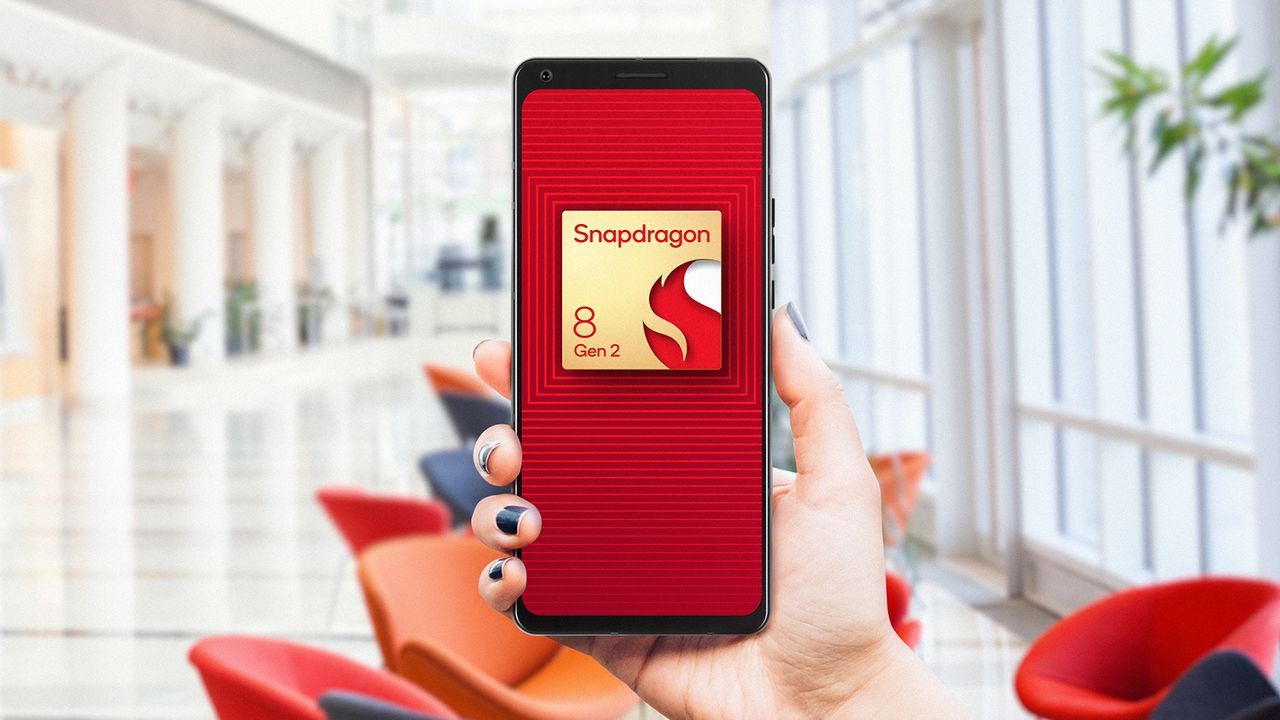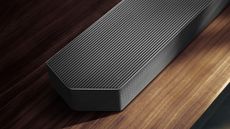TechPhonesAndroid PhonesNever mind the eSIMs: Snapdragon Android phones are getting iSIMSIt looks like eSIM chips have already had their chipsWhen you purchase through links on our site, we may earn an affiliate commission.Here’s how it works.
TechPhonesAndroid PhonesNever mind the eSIMs: Snapdragon Android phones are getting iSIMSIt looks like eSIM chips have already had their chipsWhen you purchase through links on our site, we may earn an affiliate commission.Here’s how it works.
It looks like eSIM chips have already had their chips
When you purchase through links on our site, we may earn an affiliate commission.Here’s how it works.
(Image credit: Qualcomm)

(Image credit: Qualcomm)
It hasn’t made its way into thebest phonesof 2023 just yet, but your nextAndroid phonemay include a new kind of SIM technology. It’s called iSIM, and while it sounds like a relatively small tech change it could have some pretty useful effects on phone design.
If you haven’t been following the progress of SIM technology, it goes a bit like this: for years, phones used a SIM (Subscriber Identity Module) card to associate the phone with its owner and number. There’s probably one in your phone right now.
Manufacturers and networks did their best to make SIM cards smaller – today’s ones are a fraction of the size of the original SIM cards – but no matter how small you make SIMs they still take up physical space: not just the card but the tray to hold it in place and the contacts to connect it.
That’s why the eSIM was invented. Instead of a card, the SIM is stored electronically in a dedicated chip. That’s the system used in US versions of theiPhone 14range, and many Androids have it too. But while eSIMs are still relatively new, Qualcomm thinks it has an even better solution: iSIMs.
What’s the difference between an eSIM and an iSIM?
The difference is simple. An eSIM lives on a dedicated chip. An iSIM is stored in the main processor, a system-on-a-chip such as a Snapdragon 8. They both work in the same way, delivering digital sign-ups that don’t require a physical SIM card, and they both do their job speedily and securely. So from a user point of view, there’s no real difference.
From a phone firm’s point of view, however, iSIMs mean there’s no need to make room for a dedicated SIM chip: iSIM support is right there in theSnapdragon 8 Gen 2with no additional hardware required. That’s very valuable in smartphones and other small digital devices where space is at a real premium and even tiny changes make a big difference.
According to Guillaume Lafaix of Thales, the mobile connectivity firm that’s been working on iSIMs with Qualcomm, “the Thales 5G iSIM gives device makers and mobile operators even greater freedom to offer their customers effortless over-the-air connectivity, and more exciting and accessible product designs.”
Sign up to the T3 newsletter for smarter living straight to your inbox
Get all the latest news, reviews, deals and buying guides on gorgeous tech, home and active products from the T3 experts
It’ll also save phone firms a little bit of money too, although if I were you I wouldn’t hold my breath waiting for them to pass those savings on.

Samsung’s 2025 soundbars include a clever convertibleSamsung is to introduce a new flagship soundbar for 2025 and a really clever compact model too
Samsung is to introduce a new flagship soundbar for 2025 and a really clever compact model too

Robot vacuum cleaners are growing arms and legs?! I’m scared and intrigued at the same time…Are robot vacuums getting too out of hand?
Are robot vacuums getting too out of hand?